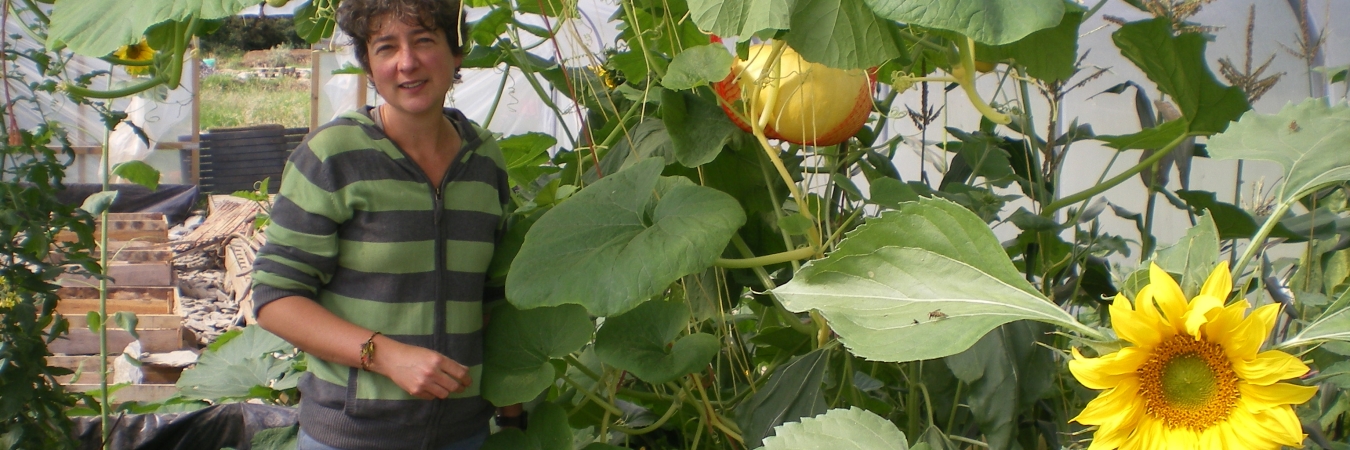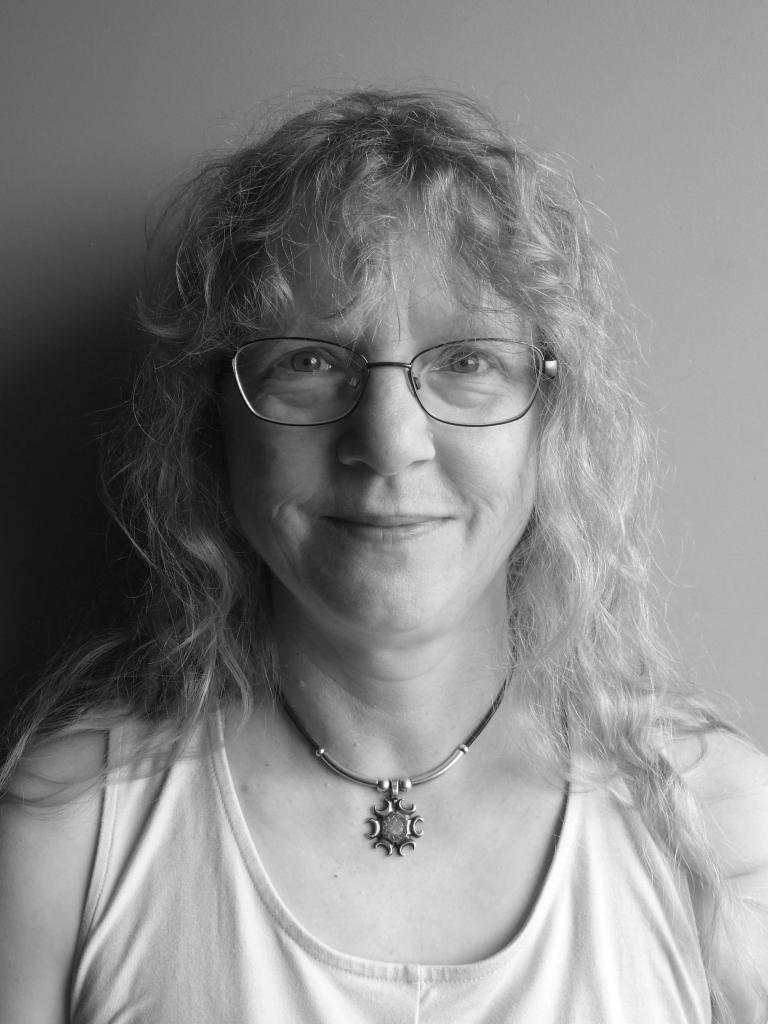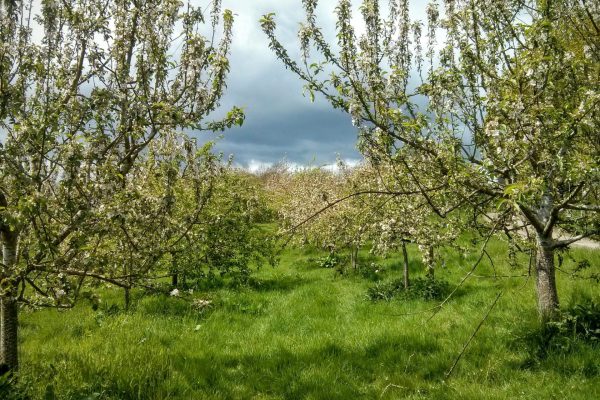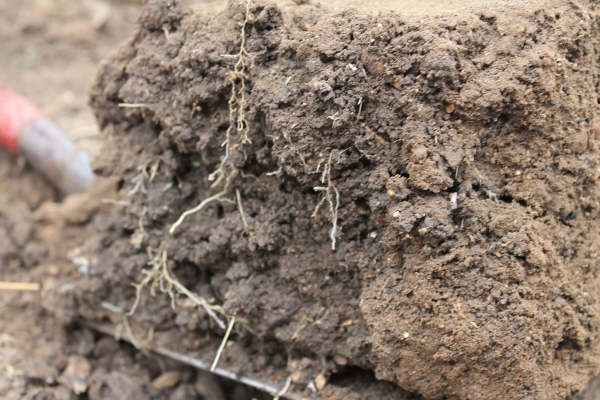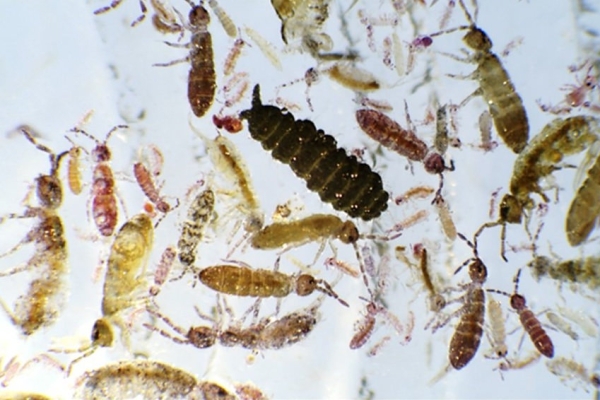Tree of Life & A Call for Help
“Dendritic (or tree-shaped) patterns can be found throughout nature on every scale, from the veins of a leaf, to the drainage system of a river, to the vascular system of our lungs or the branching dendrites in our brain. Some patterns are hierarchical, like the branches of a tree leading to the trunk, while others amass to maximise diffusion and edge, like the mycorrhizae I forage from the microbial level. These patterns exist to exchange resources, either to gather, or diffuse, or to do both, and in so doing contribute to create, maintain and sustain life.”
When she wrote these words for the Reforesting Scotland Journal in 2017, my friend Jude Dunn was ahead of the curve with her practical soil remediation experiments on her Welsh smallholding. Harvesting white mycelial threads from the lowest layers of woodland leaf litter to make probiotic fertilisers and fermented teas for different soils was the nexus of her project ‘The Microbial Forest.’
The lower inches of woodland duff – leaf litter and the soft, crumbly layer of soil underneath – were of immense importance to Jude. Before she died, one of several ventures she was working on was The Microbial Forest; a small business providing probiotic animal, plant and soil feeds fermented from native microbes on a low-impact holding in Wales. Unfortunately, I cannot find anyone who knew what this entailed. I found a farming friend to whom Jude had given a tub of the microbial concoction she had made. This friend said, “We marked out a strip of land and applied Jude’s ferment using pressure containers, like those used to spray pesticides. They held about five litres and once full you pumped the top to create pressure and release a good flow of liquid. This method was better than a watering can (the only other option we had) allowing us to spray the land rather than pouring directly onto the soil. Sadly we see nothing yet, but maybe it’s all under the soil so it will take time to show.” I ran this past someone from the fabulously named Rhyze Mushrooms, based in Edinburgh, hoping that it might mean something to someone who cultivates fungi, but sadly not.
I would dearly love to resurrect Jude’s soil healing work, hence this blog appeal. If anyone out there is working on fortifying the soil microbiome, please get in touch.
But I must keep in mind that Jude’s wider wish was to help women living and working in Scotland (to where Jude desperately wished to return) who are involved in sustainable agriculture/land-based activities and soil remediation work. Being a bit of a nerd, I thought a simple survey might help us (myself and two very busy women who are also involved in fulfilling Jude’s wishes) understand what the common barriers to accessing land are. What I hadn’t counted on was the general attitude to surveys! As notes of interest in our research came in, I excitedly sent out our survey but to date have only had four responses. I suppose optimistic, glass-half-full types might say that 4 out of 14 isn’t bad – almost 30%! But to me this says we need a different approach.
So my second question to all you ‘Agricologists’ out there is how best do you think we might assess the barriers to women accessing land? I’m guessing the barriers in Scotland will be similar to those elsewhere in the UK so please do get in touch with any thoughts. We have a £50,000 bequest from Jude’s estate to be used to help women living and working in Scotland who are involved in sustainable agriculture/land-based activities and soil remediation work – a huge amount of money to most, but a drop in the land-ownership ocean, so if the biggest barrier turns out to be owning land, I’m not sure we can help with that. But we dearly want to use this money to enable as many women as possible to sustainably work the land here in Scotland – something Jude so wished to do herself.
Mandy Meikle writes of herself “I studied microbiology in the 1980s and retain a love of all those tiny critters that make the world go round. When my good friend, Jude Dunn, died last year a couple of friends and I took up the challenge to “establish a grant or loan giving Trust Fund to help women living and working in Scotland who are involved in sustainable agriculture/land-based activities and soil remediation work”, as per Jude’s wishes. I have been greatly helped with writing this piece by fellow Trustee, Liz Murdoch. You can contact me at mandy@ameikle.com.”
